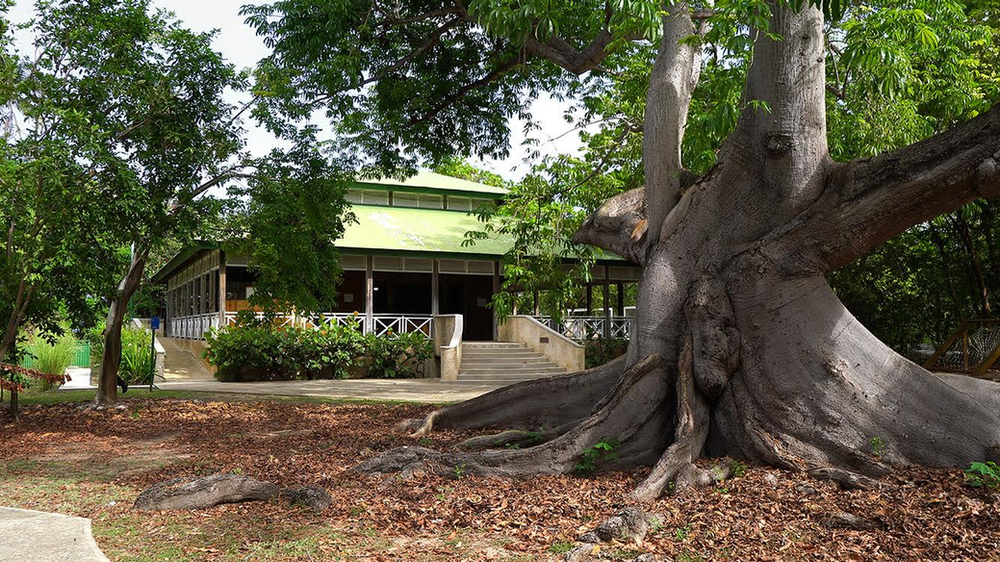
---
The Federal Emergency Management Agency (FEMA) is facilitating the ongoing restoration of the historic Cabezas de San Juan Lighthouse by committing nearly $726,200 to the Puerto Rico Conservation Trust to address damages incurred from Hurricane Maria.
Constructed in 1880, the lighthouse located in Fajardo holds significant historical importance and serves as a navigation aid for maritime traffic in the northeastern part of Puerto Rico.
“Initiatives like this, aimed at conserving historic landmarks while promoting awareness and education regarding the safeguarding of our flora and fauna, are crucial for the sustainability of our ecosystem,” stated Federal Disaster Recovery Coordinator José Baquero. “Our goal is to ensure that future generations can appreciate the natural beauty that is integral to our culture.”
The Cabezas de San Juan Natural Reserve hosts 11 terrestrial and marine ecosystems, which includes the bioluminescent lagoon (Laguna Grande), the adjacent forests, and a broad network of reefs and seagrass beds. The site attracts between 50,000 and 60,000 visitors annually, comprising locals and tourists of all ages.
Johanna Santiago Torres, the superintendent of Cabezas de San Juan Natural Reserve, remarked that the organization aims to protect 33% of Puerto Rico’s ecosystems by 2033, working in collaboration with federal and local governments, private institutions, and the communities surrounding these areas.
The lighthouse is one of the attractions included in the reserve’s tour offerings and is listed on the National Register of Historic Places. Concerning the current repairs, Santiago Torres noted that the restoration enhances ecosystem protection and ensures safe environments for environmental education, research, and the conservation of Puerto Rico’s natural resources.
In addition to the reserve’s importance in alleviating high temperatures and mitigating climate change impacts, the superintendent highlighted the need to preserve Cabezas de San Juan due to the diverse ecosystems present and its role as a refuge for various migratory, endemic, and native species.
“It is essential for the community, for the visitors who come here, to have a place where they feel a connection to nature, as we, humans, are an integral part of nature; these spaces facilitate that connection,” stated Santiago Torres.
